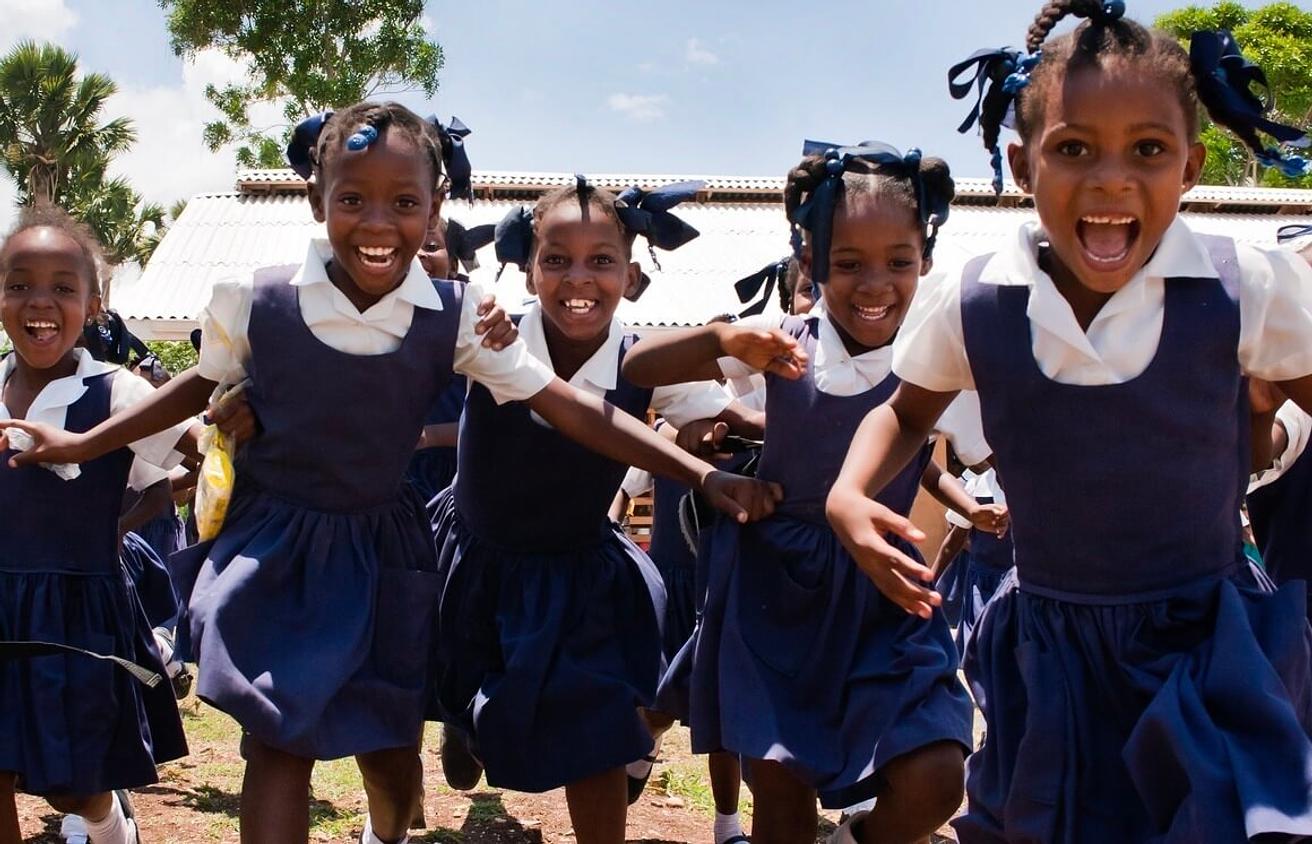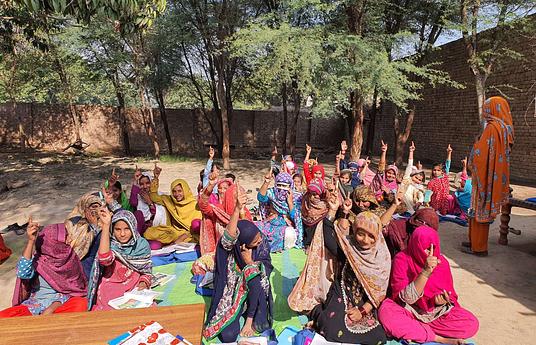The lack of access to education limits girls’ possibilities for future participation in society as adults, especially in terms of labor market participation and political participation. It also can limit their own sense of themselves as being able to exercise personal agency, especially within societies where having a formal education confers power and prestige within the community.
We also have to think about the content of the education that girls receive, and whether it is equitable, as well as the gendered experiences that girls have in schools, including sanitary conditions and safety.
In this year’s collection, we are happy to see women innovators, innovations that educate both boys and girls about women’s reproductive health, and innovations that work on girls’ educational access and persistence. They do this by shifting the mindsets of parents and centring the lives and stories of girls.
Centering the stories of girls is essential to work in girls' education. Girl Rising started with the original Girl Rising film which featured powerful stories of courageous girls who confronted significant obstacles in their independence, including poverty, child marriage, gender-based violence, domestic slavery, trafficking and tradition. These inspiring stories of resilience are used in the classroom to challenge students to think beyond their borders, value their education, think critically, and believe in their abilities to create change in their lives, their communities and the world. They provide free curriculum and resources, such as a Family Guide, and partner with schools and community organizations to promote empathy among young people and inspire them to be global citizens and local change-makers.
HundrED Head of Research, Crystal Green, shares how she has seen progress in advancing girls' education through innovation throughout the years:
In the Years leading up to the pandemic, we had made great strides globally in increasing girls' access to education. The pandemic sent almost all kids home and a lot of kids, especially girls, haven't returned. Part of the issue is that the quality of the education the girls were receiving wasn't necessarily sufficient for parents to be convinced that the short-term economic losses or household burdens that especially mothers that have to bear when they send their girls to school is worth it, particularly if it’s for an education which is at best not of high-quality, and at worst is actually dangerous for the girls.
Many of these innovations in the Global Collection are focusing their work exactly at that point of urgency and need for improving the quality of education to which girls have access.
These are not the kinds of changes that are seen in a day or in a week or sometimes even in the year. They are the kinds of changes that are seen in the consistent and sustained support of girls and young women so that as circumstances change in the community or within their own life, it remains possible to continue their education.
One of the areas where I’ve seen progress is in the awareness that issues of girls' health need to be considered more seriously as having an impact on girls' educational outcomes. This is true for the kinds of facilities and infrastructure that is in place to help girls, but also in the content that is taught. PadHer is a perfect example of progress at the intersection of girls’ health and education. They work to de-stigmatize periods and educate girls by using comic books to tell the story of a 12-year old African schoolgirl who got her first period. They also recognise that girls’ issues, for example menstruation, are something that are not just for girls to learn about, but for all kids to learn about. And that carries forward for how we understand other social issues as well; men have a role in promoting women’s rights, cis-gendered people have a role in promoting trans rights and so on.
Here are five innovations working in girls education:
Educate Girls - not-for-profit organization that helps to identify, enrol, and retain out-of-school girls
Girl Rising - global non-profit using storytelling to raise awareness and ignite action so that girls everywhere are valued and educated
PadHer - educates and mentors young African schoolgirls from underserved communities on periods and puberty using comic books
SHOFCO Girls' Leadership Academies- provides free education for girls in Kenya’s urban slums with a curriculum that enables young girls to reach their full potential
Siyani Sahelian/wise friends: 2nd chance program for out of school adolescent girls in Pakistan - offers flexible catch up education options for vulnerable and disadvantaged adolescent girls


